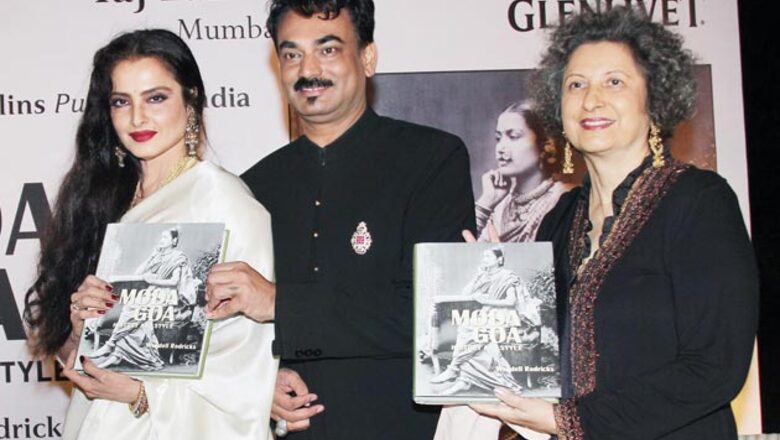
views
New Delhi: I caught up with celebrated Indian designer Wendell Rodricks who was in town for the promotion of his autobiography 'The Green Room'. Charming and honest to a fault, Rodricks sat down for a candid chat describing his growing up years, the people who changed the fashion industry, the business of fashion, his pet peeves and his open homosexuality. Here's my two-part interview with him.
Rodricks has lent his voice to an ongoing battle between the government and the Fashion Design Council of India (FDCI) which has been demanding a 100 per cent exemption from entertainment tax on its all fashion shows. Rodricks said the government needed to recognise fashion as an industry driven by a multi million people. Fashion is livelihood for these people, not entertainment, is the point he was making.
"The most disgusting thing right now is, right from cotton growers to the designers to weavers and the dyers and the embroidery workers, we are not recognised as an industry as yet. The Government of India makes a college fashion show pay entertainment taxes? What are we? Cabaret artistes?" he said. "Fashion should be recognised as an industry. We have to collectively address the cotton growers, the weavers union and the dyers and everyone affected by this."
The FDCI argues that since there is no payment for entry to all its events, no entertainment tax can be levied and that an exemption can be claimed only if the event is taxable. The government levies 50 per cent entertainment tax on ramp shows organised by the FDCI.
The changing demands of a newly moneyed clientele
"There's this word that has come into the fashion lexicon - called 'fast fashion'. Earlier we used to show two collections a year - a maximum of 40 garments. Now we have to actually make, apart from the two Spring/Summer and Autumn/Winter, filler collections - a new collection every month for men, younger children (who come in and buy the small size), older people who were once more conservative with their money," Rodricks said about the changing profile of his newly moneyed clientele.
So in between the fashion weeks, he has to make filler collections which are becoming bigger and bigger. "Now they don't want 10 garments - the demand has changed drastically. Earlier, people would buy a dress for a special occasion, an anniversary or birthday, four to six garments a year. But now they buy two garments a week. They go to lounges and events - it's a booming business. Can you remember 10 years ago people went to tailors with fabric and stitched it?"
In the next part of the interview he talks about being gay in the 70s and 80s, his family and life partner. (To be continued...)

















Comments
0 comment